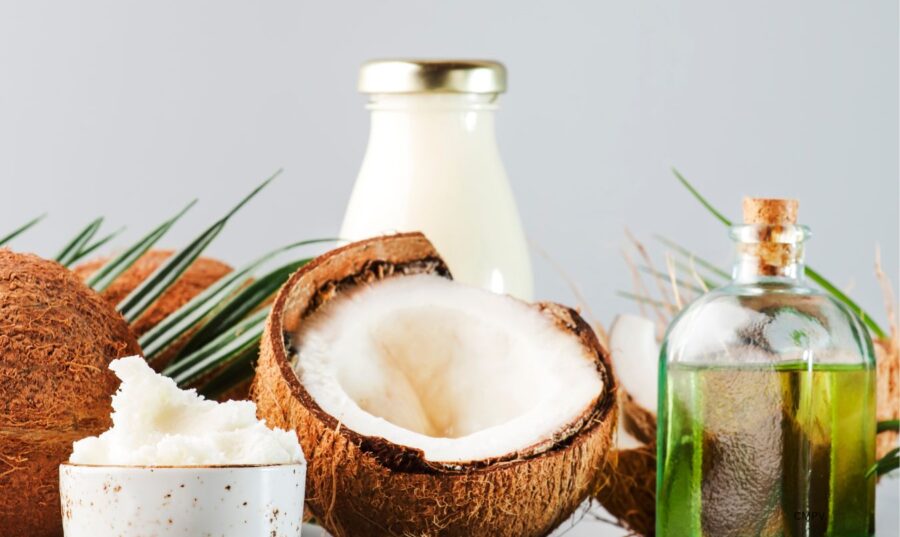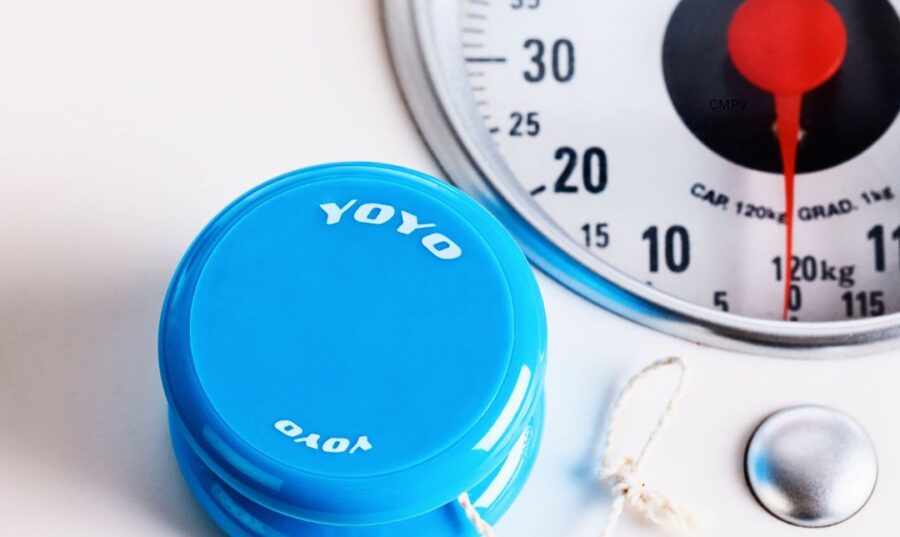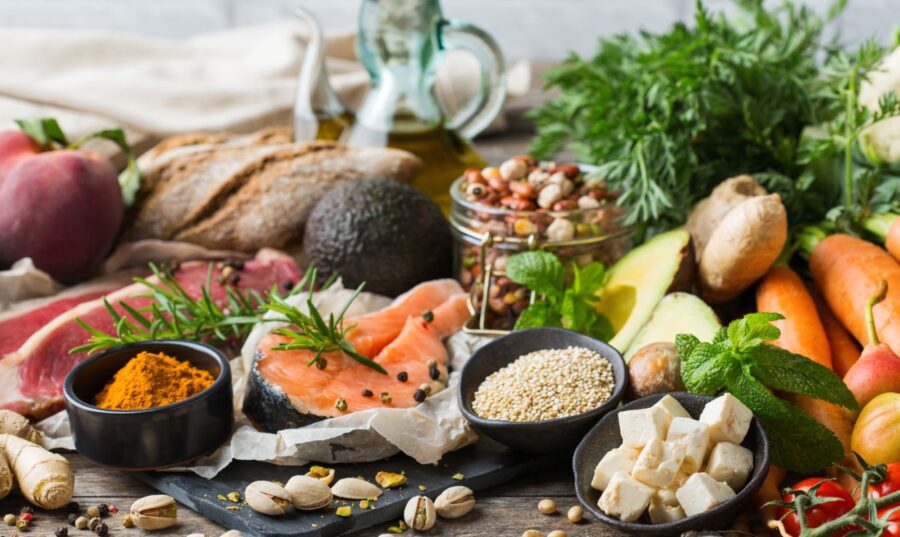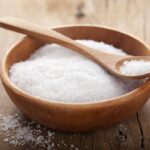|
Getting your Trinity Audio player ready...
|
fatty acids trans They are a type of unsaturated fat that can be found in small amounts in nature. However, most fats trans that are consumed are produced through the industrial hydrogenation process. This process involves adding hydrogen to liquid vegetable oils to make them semi-solid and increase their shelf life. That is, so that they are more stable at room temperature. These fats can go from a 5% of natural saturation to a 60% of artificial saturation.
Main types of fats trans
- Natural. They are found in small amounts in certain animal products, such as beef, pork, lamb, as well as butter and milk. With a different molecular structure, the physiological effects are not the same as those of fats trans. The US Food and Drug Administration allows fats to be excluded from the nutritional label trans natural.
- Artificial. They are produced industrially and are often found in partially hydrogenated oils, which are used in many commercial processed products. This procedure is equivalent to chemical makeup. Fat consumption trans artificial has been strongly associated with adverse health effects, particularly an increased risk of cardiovascular disease.
Effects of trans fats
- They raise the level of total cholesterol and LDL ('bad') cholesterol.
- They lower HDL ('good') cholesterol, making these fats doubly problematic.
With today's scientific evidence, fats trans Synthetic fats are well known for their risks of heart disease. Consumption of these fats causes about 50,000 fatal heart attacks annually. In addition to cardiovascular risks, fats trans have other health effects, below.
- Inflammation. The fats trans have been linked to increased inflammation in various tissues and organs of the body. Inflammation is a risk factor in the development of various chronic diseases, including cardiovascular diseases.
- Insulin resistance. High fat consumption trans It may contribute to insulin resistance because its unusual molecular shapes reduce the ability of tissues to burn energy. This reduction in fat oxidation (burning) promotes insulin resistance, increasing the risk of type 2 diabetes.
Legislation
In recognition of the health risks associated with fats trans, Many countries have implemented regulations to limit or prohibit its use in food production. As a result, fat consumption trans has decreased in various countries and regions of the world. For example, Brazil, Peru, Singapore, Turkey, the United Kingdom, the European Union, Canada, Latvia, Slovenia, Bangladesh, India, Paraguay, the Philippines, and Ukraine have fat-free policies. trans. Although fats trans have been banned in food in the United States since 2020, it can be difficult to completely avoid traces of them. In the United States, manufacturers can label their products as “fat-free.” trans” as long as they contain less than 0.5 grams of these fats per serving.
recommendations
- Check the ingredients list on food labels. Any mention of partially hydrogenated vegetable oils already indicates the presence of fats trans. For example, stick margarine, shortening, fried foods in fast food restaurants, pre-fried commercial foods (potatoes, onion rings, fish fingers, chicken wings), and commercial baked foods (cookies, biscuits, donuts, custards, cakes, muffins, cinnamon roll).
- Check the ingredients list even on products labeled 'fat-free' trans'. Legislation in the United States allows 'fat-free' foods trans' may have less than 0.5 grams per serving.
- Select healthier oils for cooking or adding to your salads. For example, those rich in Omega 3, such as flaxseed oil, canola, walnut, chia and hemp (hempseed). It also includes those rich in Omega 9, such as olive, avocado, almond, macadamia, peanut and hazelnut oil.
- Choose whole grain foods. They are less likely to contain fat trans.
- Cook more at home. Preparing meals at home with fresh ingredients allows you to have better control over the cooking oils and fats used in your meals.
- Choose restaurants that publish their oils and cooking methods on their menu or website. Sponsor establishments that use healthier alternatives.










